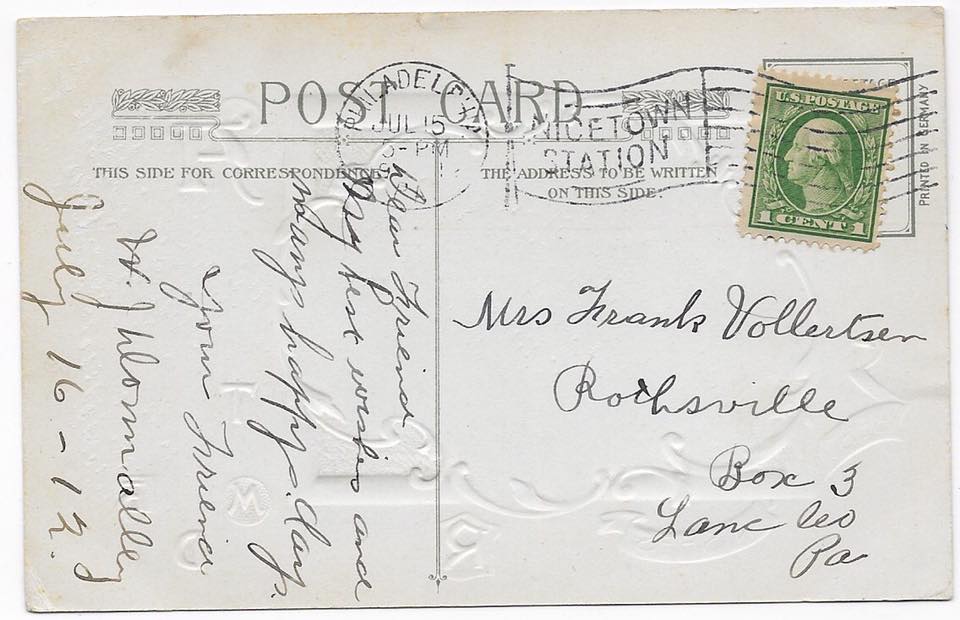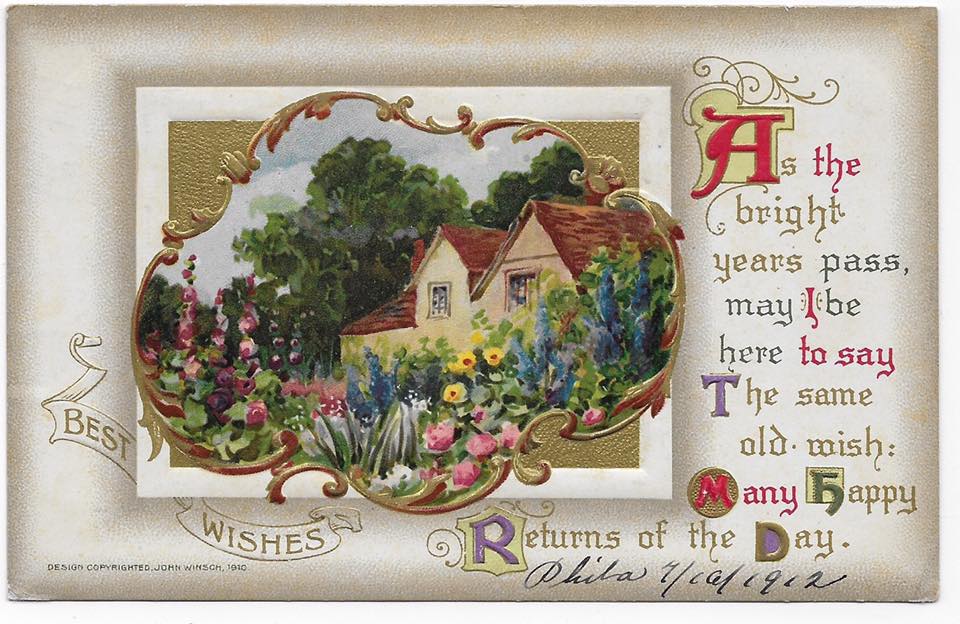History In The Mail
History From Below
History, whether of a family, a city, a nation, or the world, is the cumulative experience of individuals.
One can understand history as the deeds of great men and women, as the spread of ideology or belief, as the expression of underlying economic or social organization, or as record of human evolution.
But certain knowledge of any historical event depends upon the records of individuals and upon the artifacts of particular lives.
“There is no history of mankind, there is only an indefinite number of histories of all kinds of aspect of human life.” Karl Popper
“History is the essence of innumerable biographies.” Thomas Carlyle
“In the 1960’s, historians on both sides of the Atlantic began to challenge the assumptions of their colleagues and push for an understanding of history “from below”. Staughton Lynd
This website is a contribution to “History from Below”


How Mail Worked
In the United States, during the early years of the twentieth century, more communication was exchanged by postcard than by any other medium.
Few homes had telephones; telegrams were expensive; letters required more time than many people could afford.
The Postal Service was considered an essential governmental function, and the post was cheap and reliable. Post offices were established, sometimes within a store or a tavern, in every community.
Rural free delivery routes, established in 1893, carried mail to roadside mailboxes in rural areas.
Mail was delivered to homes twice a day, six days a week.
The penny postcard stamp, along with the penny postcard, fueled an explosion of mailed communication.
The US Postal Service estimated that one billion postcards were mailed each year in the “golden age” of postcards, 1900-1920.
These postcards capture the complexity of lives in that era, the happiness, uncertainty, tragedy, celebration, humor, achievements, monuments, and wonders of the time.
The history of the early 20th century is written in postcards.
History revived.
Why Postcards?
Explore these funk, quirky, loving, somber, and everything in between messages.
